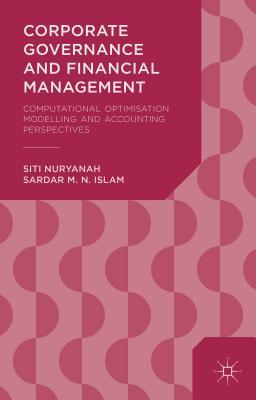Question
Miranda Freeman is an entrepreneur from Chicago who has recently developed a new shampoo formula using the Lavender plant (Lavanda) as a base. Shee has
Miranda Freeman is an entrepreneur from Chicago who has recently developed a new shampoo formula using the Lavender plant (Lavanda) as a base. Shee has already spent $1 million in developing and testing the formulas (R&D), which have great benefits for both clients (i.e. those that use the shampoo), and for the environment (no damage at all). Miranda is now ready to take the product to market. To get the new shampoo to market, Miranda has to invest $1.5 million in a novel automated machine that allows him to produce, bottle, and package the product. This initial investment will occur immediately. The machine can be sold for $0.5 million at the end of year three. Miranda can sell the shampoo in two markets: (1) independent hair salons, and (2) at Sally s, a large retailer of hair and skin products, as described below:
1. Hair salons. This market consists of primarily owner-operated beauty parlors. She sells 500 ml. bottles for $300 each. Each bottle is thereafter sold directly to consumers for $500 pesos. She expects to sell his products in 1,000 hair salons each year. Overall, he expects to sell 25,000 units in each of years 1, 2 and 3 in this segment.
2. Sally s. This market allows Miranda to increase the volume of units sold. Shesells 500 ml. bottles for $200 each. Each bottle is thereafter sold to the public under the Sally brand for $300. Sally has 200 stores in Chicago. Overall, she also expects to sell 25,000 units in each of the years 1, 2 and 3 in this segment.
The variable cost of each bottle is $50. The initial launch of the shampoo business requires an initial marketing campaign expense of $0.5 million. In subsequent years, marketing expenses are expected to be constant at $0.4 million in each of years 1 to 3. Moreover, selling to hair salons implies additional selling general administrative (SG&A) expense of 10% of revenue, which is not incurred when Miranda sells directly to Sally. The tax rate is 40% and the machine will be depreciated over three years using the straight-line approach.
Additional assumptions:
Net working capital needs are 15% of forecasted sales each subsequent year. For example, in year 0, Miranda needs net working capital equal to 15% of the expected sales in year 1, etc.
At the end of year 3, Miranda will retire, and sell his brand for a multiple of 8 times EBIT. Assume the growth of free cash-flows after year 3 is cero.
What is the NPV of the project? (Hint: First, calculate Free Cash Flows for years 0 to 3, then the terminal value in year 3)
a) 60,649
b) 61,230
c) 62,080
d) 60,720
Step by Step Solution
There are 3 Steps involved in it
Step: 1

Get Instant Access to Expert-Tailored Solutions
See step-by-step solutions with expert insights and AI powered tools for academic success
Step: 2

Step: 3

Ace Your Homework with AI
Get the answers you need in no time with our AI-driven, step-by-step assistance
Get Started


